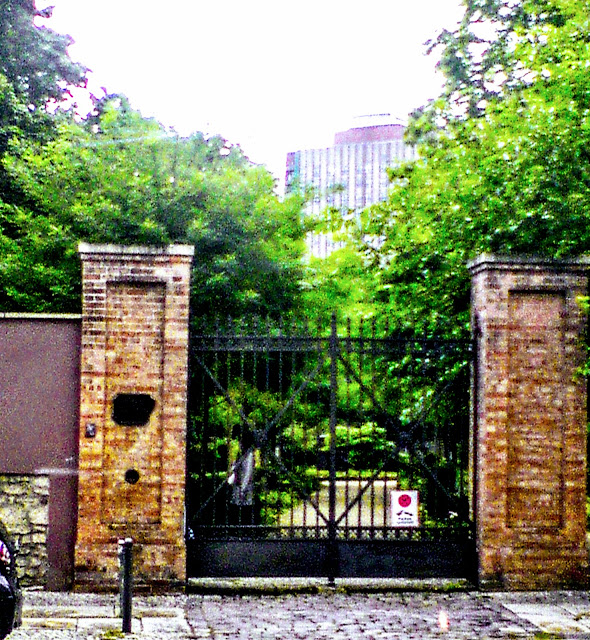Berlin's Top Sights - the village of Marienfelde

Marienfelde is actually a suburb in the south of Berlin that belongs to the district of Tempelhof. If you drive along Marienfelder Allee, leave it to visit a village made of some splendid houses, farmhouses, two ponds and an old church. village green in Marienfelde Gutspark Marienfelde With 53 hectares the Gutspark Marienfelde may be quite small, but it is a beautiful recreational area for the locals. You will find a little paradise here in the summer: benches provide shelter from the burning sun, a fountain splatters and you can relax on lawns. Children can play in the playground. I don't know any place in Berlin that has so many snowdrops as the Gutspark Marienfelde, but as soon as you see them, you know that spring is here! Lehmann's farm on the village of Marienfelde Eggs, honey, freshly baked bread, many regional sausages and cheese specialties, are among the products you can find on Lehmann's farm - the only farm in Mar...



